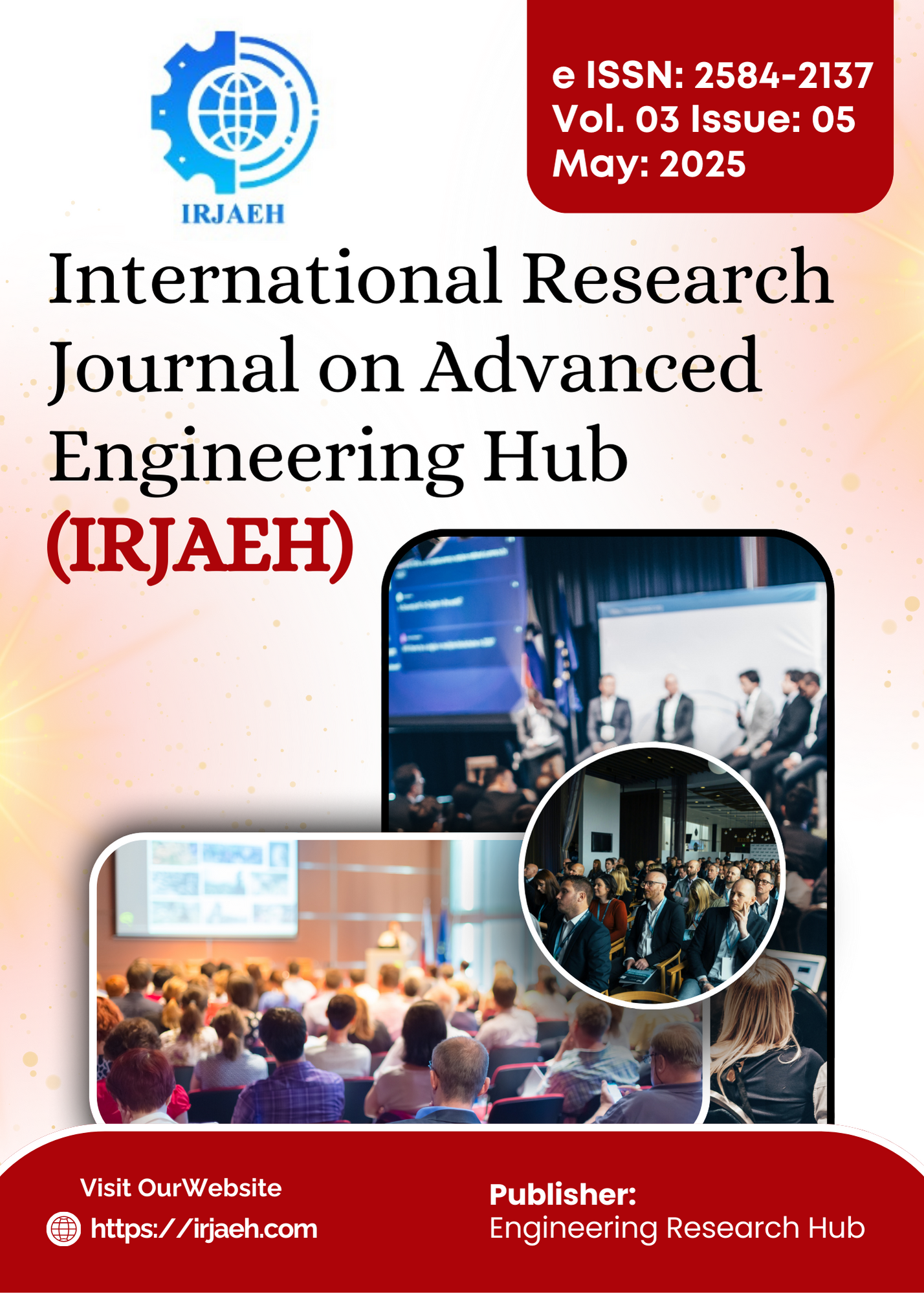Human Following Robot using Husky Lens and Arduino
DOI:
https://doi.org/10.47392/IRJAEH.2025.0308Keywords:
Human-Following Robot, Huskylens, Arduino Uno, Object Tracking, Motor Control, Threshold AlgorithmAbstract
This research presents the development of an autonomous human-following robot using HuskyLens, an AI- powered vision sensor, and Arduino Uno, a microcontroller platform. The robot detects and tracks a human target by processing real-time visual data from HuskyLens, then adjusts its movement using a differential drive system controlled by four DC motors. The system employs threshold-based logic to interpret the target’s position (x-axis, y-axis) and distance (derived from bounding box height) to execute forward, backward, left, right, or stop motions. Experimental results demonstrate robust tracking within a 0.8–1.1-meter range under controlled lighting, with a response time of <500ms. The project highlights the feasibility of integrating low-cost machine vision sensors into robotics for real-world applications. Autonomous robots capable of following humans have applications in assistive technologies, logistics, and security. Traditional systems rely on expensive LiDAR or complex neural networks, limiting accessibility. This project addresses these challenges by leveraging HuskyLens, an affordable vision sensor with built-in object recognition, and Arduino, a low-cost microcontroller. The Arduino-based intelligent cart for human following is a modern solution designed to enhance the efficiency and convenience of shopping. The system integrates an Arduino microcontroller with ultrasonic sensors and motors to ensure a smooth and personalized experience. The cart uses ultrasonic sensors to detect the shopper’s movement and maintain a set distance, following them through the store without requiring manual control. This design not only enhances user convenience but also reduces physical effort and helps store staff focus on other tasks, improving overall store efficiency and providing a novel solution for modern retail environments.
Downloads
Downloads
Published
Issue
Section
License
Copyright (c) 2025 International Research Journal on Advanced Engineering Hub (IRJAEH)

This work is licensed under a Creative Commons Attribution-NonCommercial 4.0 International License.

 .
. 